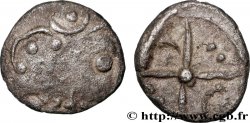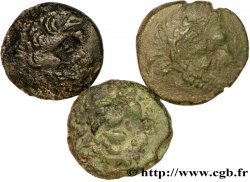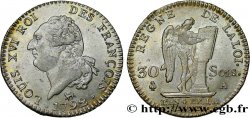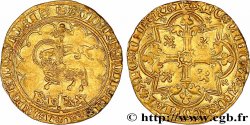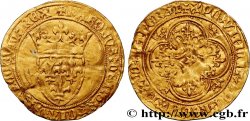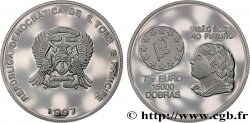Live auction - bga_335564 - GALLIA - SOUTH WESTERN GAUL - VOLCÆ TECTOSAGES (Area of Toulouse) Drachme de style hybride entre “cubiste et romanisé”, S. 58
You must signin and be an approved bidder to bid, LOGIN TO BID. Accounts are subject to approval and the approval process takes place within 48 hours. Do not wait until the day a sale closes to register. Clicking on "BID" constitutes acceptance of the terms of use of cgb.fr private live auctions.
Bids must be placed in whole Euro amounts only. The sale will start closing at the time stated on the item description; any bids received at the site after the closing time will not be executed. Transmission times may vary and bids could be rejected if you wait until the last second. For further information check the Live auction FAQ
All winning bids are subject to a 18% buyer’s fee.
All winning bids are subject to a 18% buyer’s fee.
| Estimate : | 400 € |
| Price : | no bid |
| Maximum bid : | no bid |
| End of the sale : | 19 April 2016 14:57:06 |
Type : Drachme de style hybride entre “cubiste et romanisé”, S. 58
Date: IIe siècle av. J.-C
Metal : silver
Diameter : 17 mm
Orientation dies : 10 h.
Weight : 3,52 g.
Rarity : R3
Coments on the condition:
Drachme complète et centrée des deux côtés, avec un droit issu d’un coin usé mais un revers d’une rare qualité. Patine grise et irisée, de collection ancienne
Predigree :
Cet exemplaire provient très probablement du trésor de Moussan, mais ce n’est pas l’exemplaire reproduit (un seul de photographié sur les six qu’il conservait)
Obverse
Obverse legend : ANÉPIGRAPHE.
Obverse description : Tête à gauche ; la joue étroite et le menton en galoche, le nez fort ; chevelure retombant sur l'oreille avec des mèches qui se rejoignent en chignon derrière la nuque ; un collier de perles à la base du cou ; deux dauphins stylisés devant la bouche ; la chevelure cernée au sommet par un arc de cercle se terminant près du front par 2 "dents" verticales.
Reverse
Reverse legend : ANÉPIGRAPHE.
Reverse description : Croix formée de quatre cantons ornés chacun d'une lunule : un pendant en ellipse au 1er canton, une balle de fronde accostée de deux globules au 2e, une hache pleine à gauche au 3e et une sorte d'esse pointée au centre et aux extrémités au 4e canton.
Commentary
Cet exemplaire présente le plus beau revers qu’il nous a été donné de voir avec cette composition si particulière, correspondant au n° 58 du Savès et aux monnaies n° 50-55 du trésor de Moussan dont proviendrait cet exemplaire.







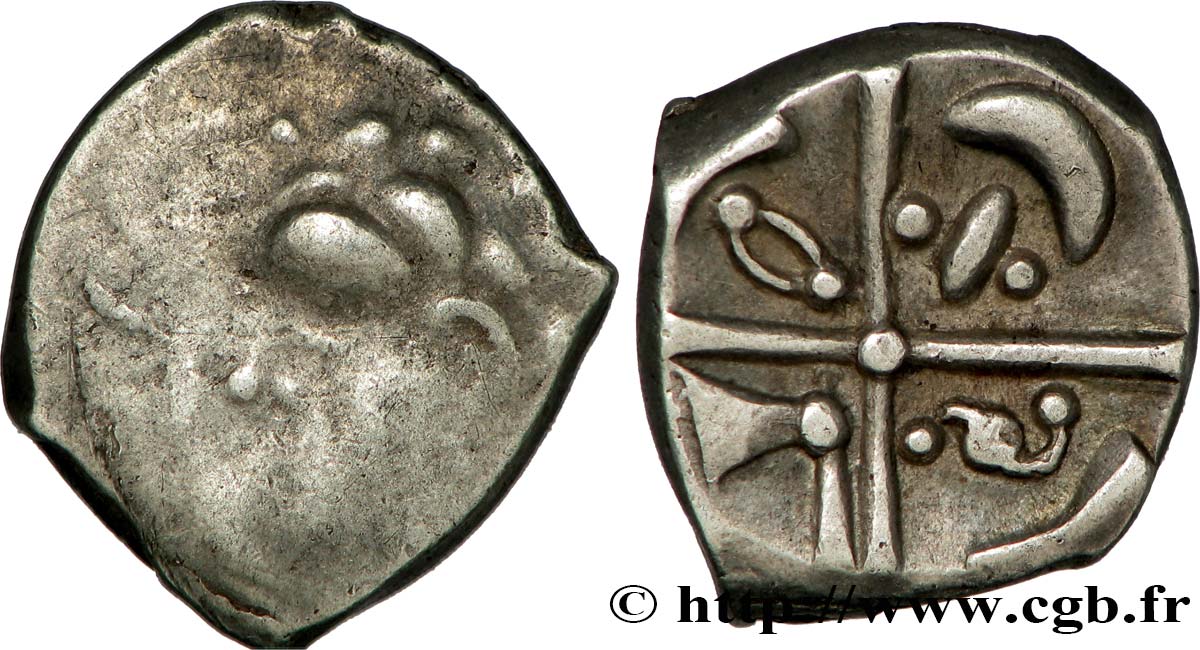
 Report a mistake
Report a mistake Print the page
Print the page Share my selection
Share my selection Ask a question
Ask a question Consign / sell
Consign / sell
 Full data
Full data
